St. Paul’s Episcopal Church, in Norfolk, Va., was built in 1739. A British cannonball is still lodged in one of its sturdy brick walls, fired during the Revolutionary War from the battleship Liverpool. Another claim to fame is its magnificent pipe organ, made in Germany.
The professionals at Bell Childress Mechanical know how highly prized the massive musical instrument is to the congregation. They’ve done HVAC system maintenance at the church for several years. When it came time to replace the old, two-pipe hydronic heating and cooling equipment, it was no surprise that all attention turned to the organ’s performance.
“We were set to install a VRF (variable refrigerant flow) system at St. Paul in late 2014,” explained Josh Childress, VP of the 12-truck firm. “Understandably, an acoustical engineer was hired to ensure that the new equipment wouldn’t affect the organ’s performance. This pushed the timeline back more than a year.”
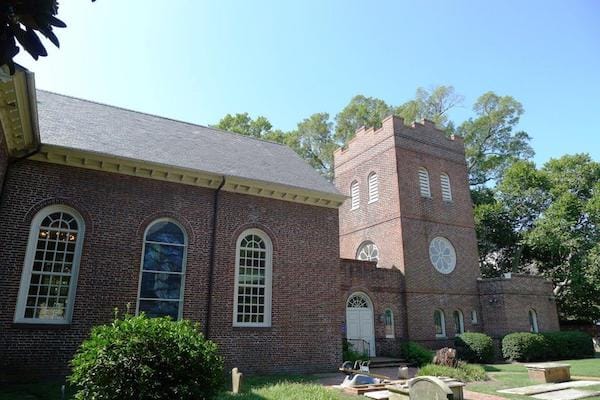
Childress worked with Brian Adkins, HVAC specialist at manufacturer’s rep firm, Harry Eklof & Associates, to determine ambient noise levels in the sanctuary based on the sound produced by the Fujitsu Airstage VRF equipment to be installed. Even though the manufacturer offers some of the lowest noise levels in the industry, and the decibel level looked good on paper, the sound specialist wanted more proof.
They visited another Airstage project that Bell Childress had completed. In 2014, the company installed a similar VRF system at the nearby Grace Episcopal Church. Once the engineer saw and heard the system in operation, all concerns were set aside.
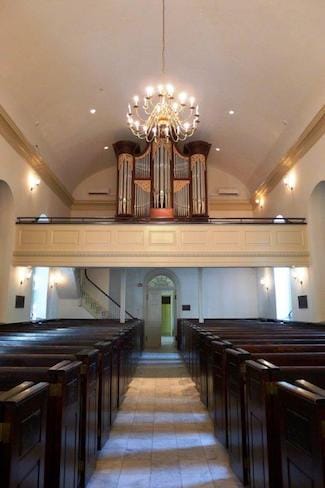
Bell Childress technicians installed three ceiling cassette units above the balcony, and floor mount units throughout the sanctuary. Pictured here, two units on either side of the organ.
“The members at St. Paul had initially considered retrofitting the building’s existing two-pipe hydronic system with new boilers and a chiller, but it was cost prohibitive and still didn’t increase functionality,” said Adkins, who helped design the VRF system for St. Paul. “We were able to provide a smaller upfront cost and a projected energy savings of 30% to 40%.”
Given the vaulted ceilings and high-occupancy levels in the sanctuary on Sunday mornings, the congregation at St. Paul wanted the option to cool the balcony area while heating other spaces.
Bell Childress technicians installed three ceiling cassette units above the balcony, and floor mount units throughout the sanctuary. After seeing the floor mount units at Grace Episcopal, the members at St. Paul decided that these affected the architecture minimally; they’re hardly seen above the pews. Wall-mounted units are used in bathrooms, and two concealed air handlers serve common areas.
Being able to mix and match indoor units to best serve individual areas is a big advantage during the design phase, as was the ability to heat and cool simultaneously. The Airstage onboard controls also provide web access without the use of a DDC system.
“We’ve been installing Fujitsu’s Halcyon mini-split systems for about 10 years with minimal issues,” said Childress. “So when we first started installing VRF, their Airstage line was a natural choice.”
Fujitsu’s Design Simulator software was used for the project, expediting the planning phase. In all, 38 tons of capacity is supplied by five VRF condensers. The system was commissioned in mid-August. Church members are more comfortable, the organ’s sound is as good as ever, and the congregation is looking forward to energy savings similar to Grace Episcopal saw last year:
“The only way they could have done better acoustically was to go back to the way the church was in the late 1700s, with no heating or cooling system,” said Adkins. “But I’m pretty sure that was out of the question.”

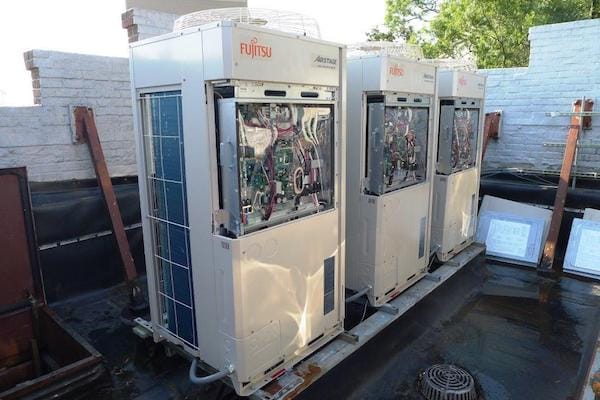
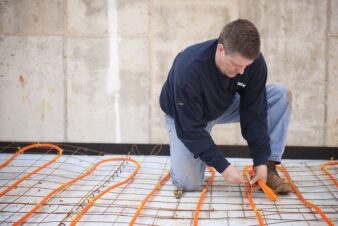
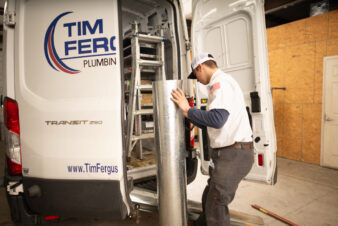

Join the conversation: